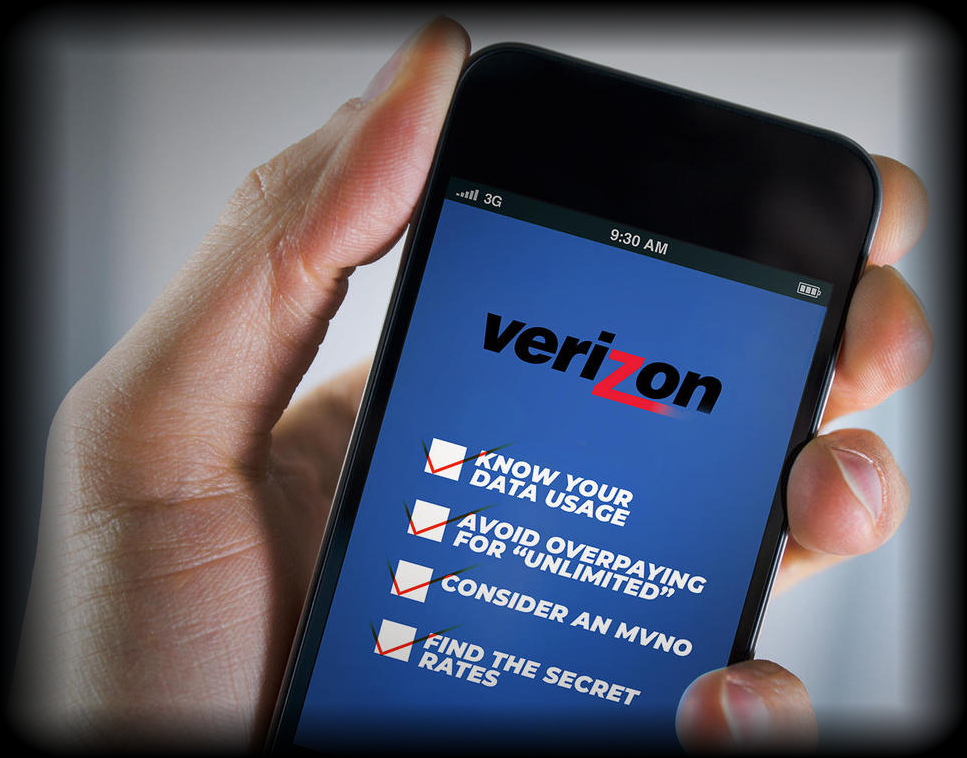If you have an unresolved issue with billing, technical service, or customer support, the best way to get a resolution is to reach the Verizon Escalation Team, officially known as Executive Customer Relations (ECR) or the Executive Response Team.
The Verizon Escalation Team does not have a publicly listed direct phone number. Accessing them requires utilizing a direct email channel, escalating through standard support, or contacting the highest levels of the corporate structure, which automatically routes your complaint to the ECR.
This guide provides the necessary steps, contact points, and best practices for effectively reaching the Verizon Executive Response Team and finally getting your complex issue resolved.

Method 1: The Direct Email Escalation (Best Option)
The most effective and documented way to reach Verizon’s highest-tier support is by emailing the office of the Chief Executive Officer (CEO). These emails are automatically filtered by an Executive Customer Relations team whose mandate is to resolve complex issues flagged at the highest level.
Direct Executive Email Channel
The email address for the CEO is monitored by the Executive Customer Relations team:
- CEO Email: [email protected] (Hans Vestberg, CEO)
What to Include in Your Email
When emailing the ECR team, follow a professional, structured format to ensure a quick response:
- Subject Line: Clear, concise summary (e.g., “Urgent Escalation: Unresolved Billing Dispute on Account [Your Account Number]”).
- Account Information: Your full name, account number, mobile number, and a non-Verizon contact number.
- Timeline: Briefly list the dates, times, and names/IDs of the lower-tier agents or supervisors you have already spoken to.
- The Problem: State the issue clearly (e.g., “$250 overcharge after plan change”).
- Desired Resolution: State exactly what you want Verizon to do (e.g., “I request a $250 credit and confirmation of my new plan details”).
Method 2: Filing a Formal Complaint (Highly Effective)
If direct email fails, filing a formal complaint with a regulatory body will guarantee contact from a specialized Verizon team, often the same Executive Customer Relations group.
Option A: FCC Complaint (Federal Communications Commission)
Filing a complaint with the FCC forces the carrier to respond within a specific timeframe and often triggers an internal escalation.
- Go to the FCC Website: Navigate to the FCC Consumer Complaint Center online.
- File a Complaint: Select the appropriate issue (e.g., “Billing,” “Service Outage”).
- Provide Details: Detail your problem, referencing your Verizon account number and previous attempts to resolve the issue.
Result: Within a few days, a representative from the Verizon Executive Response Team will typically contact you directly to address the FCC complaint.
Option B: Verizon’s Internal Complaint Form
Verizon provides an official form specifically for logging disputes that require internal review.
- Complaint Form: Verizon offers a formal Complaint Form (PDF) on its support pages.
- Email the Completed Form: Once filled out, the form can be emailed to a dedicated internal address. This is less direct than the CEO email but is an official escalation step.
Method 3: Escalating Through Standard Channels
While less direct, the standard customer service channels are the necessary first steps before reaching the escalation tier.
Standard Verizon Customer Service Numbers
Always start here to get a case number before attempting higher-level escalation.
| Service | Phone Number |
| Verizon Wireless (Mobile) | 1-800-922-0204 or *611 from your Verizon phone |
| Verizon Fios (Home) | 1-800-VERIZON (1-800-837-4966) |
How to Request a Manager or Supervisor
When speaking with a Tier 1 agent:
- Be Polite and Document Everything: Maintain a polite tone, but ensure you document the agent’s name/ID, the date, and the time of the call.
- Request Escalation: If the agent cannot resolve the issue, simply state, “I need to speak with a manager or supervisor because this issue is unresolved and requires escalation.”
- Get a Callback: Supervisors are often busy; you will usually be put in a queue for a callback within 24–48 hours.
Frequently Asked Questions (FAQ)
What is the difference between an Executive Relations Team and a Supervisor?
A Supervisor is generally a senior member of the standard call center staff who oversees agents and can handle minor adjustments. The Executive Customer Relations (ECR) Team is an internal, specialized department that reports directly to corporate leadership. They are typically better trained, have higher authorization limits for credits or policy exceptions, and are assigned only to high-priority cases (like those from the CEO’s office or the FCC).
Is there a direct phone number for the Verizon Escalation Team?
No. Verizon does not publish a direct, dedicated phone number for the Executive Escalation Team. Any number you find online is either outdated, for a specific regional/business unit, or will reroute you back to the main customer service line. The most reliable direct method is the email channel mentioned above.
What should I do before contacting the Escalation Team?
You should have a clear record of the following before escalating:
- Case Number(s): Obtain unique reference numbers from your previous interactions.
- Dates & Times: Note every previous call attempt.
- Desired Outcome: Know the exact resolution you seek (e.g., “I need a $75 credit, not $50”).
What if the Executive Team can’t resolve my issue?
If the Verizon Executive Relations Team still fails to provide a satisfactory resolution, your next steps include:
- Arbitration: Your service agreement outlines the process for binding arbitration.
- Small Claims Court: Customers may file a lawsuit in local small claims court to resolve billing disputes.
Conclusion
Reaching the Verizon Escalation Team (Executive Customer Relations) requires skipping the conventional phone queues and using a formal, documented channel. By leveraging the CEO’s email address or filing a complaint with the FCC, you can ensure your unresolved issue is handled by Verizon’s most capable and authoritative customer response unit. Always document every conversation and be prepared with a clear statement of your problem and desired resolution.


